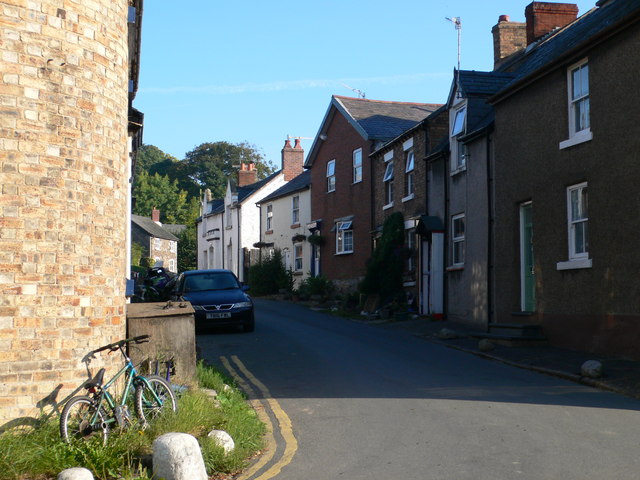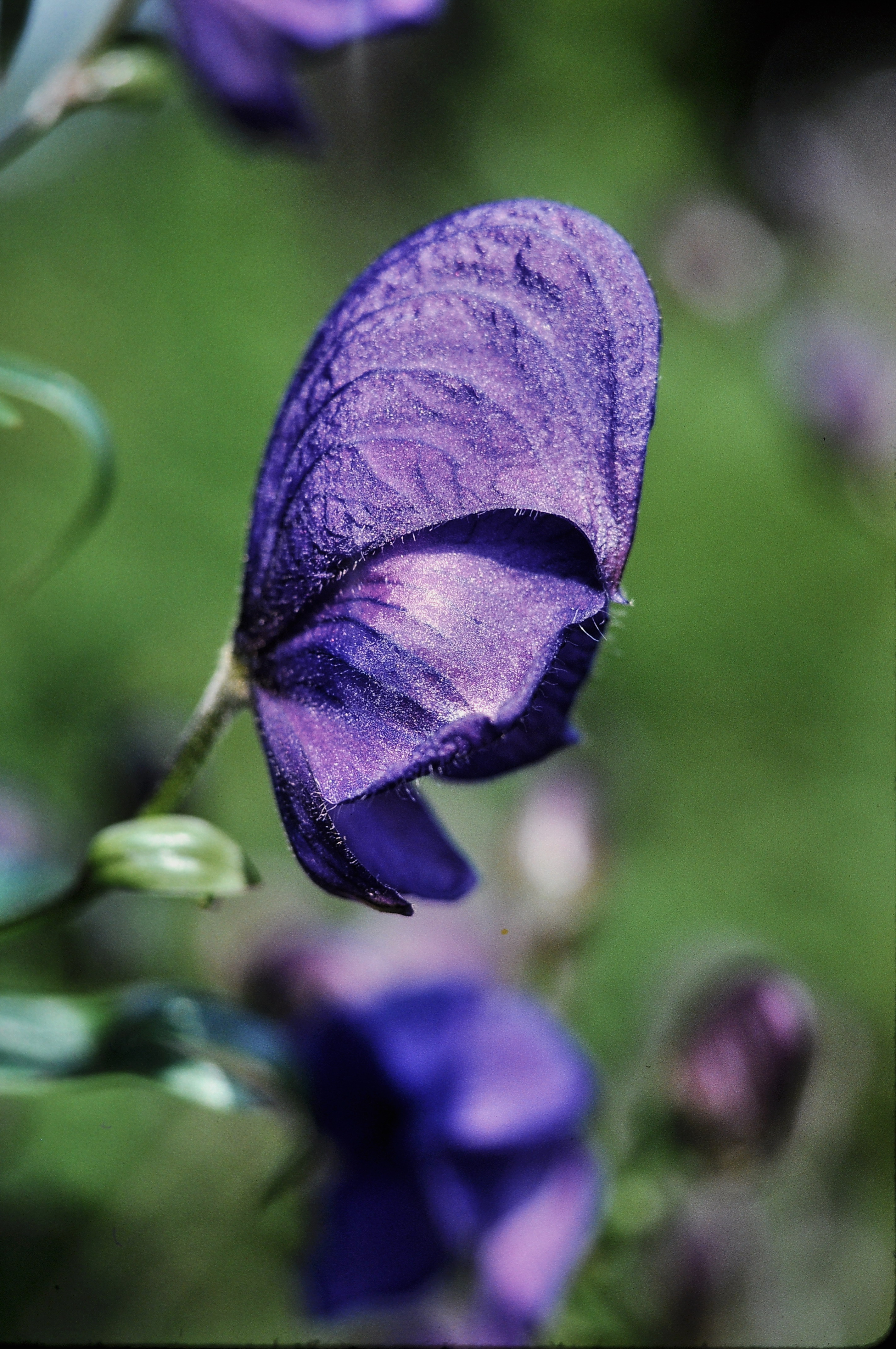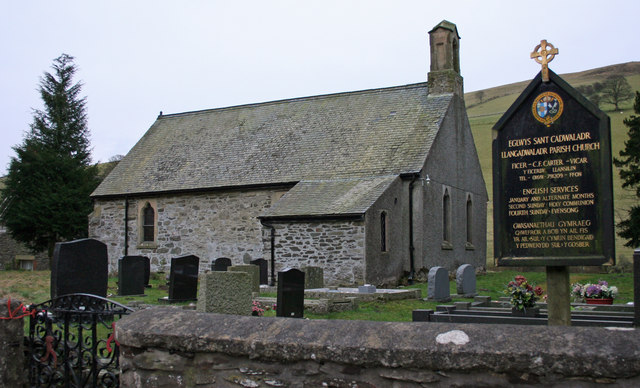|
Llansilin
Llansilin () is a village and local government community in Montgomeryshire, Powys, Wales, west of Oswestry. The community, which includes Llansilin village, a large rural area and the hamlets of Moelfre and Rhiwlas as well as the remote parish of Llangadwaladr, had a population of 648 at the 2001 census,Llansilin Community Office of National Statistics increasing to 698 at the 2011 Census. There is also an electoral ward including the nearby village of with a population of 2,295. Landscape [...More Info...] [...Related Items...] OR: [Wikipedia] [Google] [Baidu] |
Sycharth
Sycharth is a motte and bailey castle and town in Llansilin, Powys, Wales. Until 1996 Sycharth was in the historic county of Denbighshire, but was then transferred to the Shire area of Montgomeryshire within Powys. Sycharth Castle was the birthplace of Owain Glyndŵr. Location Sycharth sits in the valley of the river Cynllaith, a tributary of the Afon Tanat. The site of Owain Glyndŵr’s castle lies about a kilometre to the west of the boundary between England and Wales with a belt of woodland on the higher ground to the east known as Parc Sycharth. Immediately to the west of the castle is a farm that was the courthouse for the township until the 19th century. The site is on minor road close to the B4580, south of Llansilin and to the southwest of Oswestry. The site is in the guardianship of Cadw and there is a small carpark with information boards. The earlier history of the castle The castle was situated in the Welsh territory of Powys Fadog which had formed par ... [...More Info...] [...Related Items...] OR: [Wikipedia] [Google] [Baidu] |
Huw Morus
Huw Morus or Morys (1622 – 31 August 1709), also known by his bardic name ''Eos Ceiriog'' ("the nightingale of Ceiriog"), was a Welsh poet. One of the most popular and prolific poets of his time, he composed a large number of poems in a variety of metres. Morus's work bridges the gap between the strict-metre tradition of the ''Beirdd y Uchelwyr'' (the medieval "Poets of the Nobility") and popular verse. Life Huw Morus was born in 1622 and was the son of Forys ap Sion ap Ednyfed. The family lived at the farm of Pont-y-meibion in the parish of Llansilin near Glyn Ceiriog, in 1909 a memorial was erected at the farm. Little is known about the poet's early years, but he may have been educated at the Ruthin Grammar School or at the Free School in Oswestry over the Shropshire border. However, in a poem ''Ar ofyn gostegion yn amser Cromwel'', Morus complains of a seven years' apprenticeship, and there is an otherwise undocumented tradition that he had trained as a tanner. He appears ... [...More Info...] [...Related Items...] OR: [Wikipedia] [Google] [Baidu] |
Monk's Hood
''Monk's Hood'' is a medieval mystery novel by Ellis Peters, set in December 1138. It is the third novel in The Cadfael Chronicles. It was first published in 1980 (1980 in literature). It was adapted for television in 1994 by Central for ITV. Gervase Bonel dies from monkshood oil put in his food. Brother Cadfael made the oil. Who used it as poison? Cadfael assesses the motives of Bonel's family and household staff, including his Welsh natural son and his stepson, and deals with Bonel's widow who was once Cadfael's sweetheart long ago. The sergeant views the case differently from Cadfael. This novel received the Silver Dagger Award in 1980 from the UK's Crime Writers Association. The author was commended by one reviewer for her ability to draw characters who are distinctly medieval, "not modern men and women masquerading in medieval garb," while dealing with fine points of medieval Welsh law. Another reviewer missed the lively character of the second novel, Hugh Beringar, wi ... [...More Info...] [...Related Items...] OR: [Wikipedia] [Google] [Baidu] |
Uli Jon Roth
Uli Jon Roth (born Ulrich Roth; 18 December 1954) is a German guitarist who became famous for his work with the hard rock band Scorpions and is one of the earliest contributors to the neoclassical metal genre. He is also the founder of Sky Academy and designer of the Sky Guitar. He is the older brother of fellow guitarist and artist Zeno Roth (1956–2018). Career Dawn Road and Scorpions Roth formed a band called Dawn Road in the early 1970s. When guitarist Michael Schenker left the Scorpions to join UFO in 1973, the two remaining Scorpions members Rudolf Schenker and Klaus Meine joined the four members of Dawn Road, but decided to use the name Scorpions rather than the less-well-known Dawn Road. Scorpions released four studio albums during his tenure as lead guitarist, main songwriter and occasional lead singer between 1974 and 1977. Electric Sun Roth formed his own band named Electric Sun—releasing three albums: ''Earthquake'' (1979) dedicated to the spirit of Jimi Hendri ... [...More Info...] [...Related Items...] OR: [Wikipedia] [Google] [Baidu] |
Powys
Powys (; ) is a Local government in Wales#Principal areas, county and Preserved counties of Wales, preserved county in Wales. It is named after the Kingdom of Powys which was a Welsh succession of states, successor state, petty kingdom and principality that emerged during the Middle Ages following the end of Roman rule in Britain. Geography Powys covers the historic counties of Montgomeryshire and Radnorshire, most of Brecknockshire, and part of Denbighshire (historic), historic Denbighshire. With an area of about , it is now the largest administrative area in Wales by land and area (Dyfed was until 1996 before several Preserved counties of Wales, former counties created by the Local Government Act 1972 were abolished). It is bounded to the north by Gwynedd, Denbighshire and Wrexham County Borough; to the west by Ceredigion and Carmarthenshire; to the east by Shropshire and Herefordshire; and to the south by Rhondda Cynon Taf, Merthyr Tydfil County Borough, Caerphilly County Bor ... [...More Info...] [...Related Items...] OR: [Wikipedia] [Google] [Baidu] |
Llangadwaladr, Powys
Llangadwaladr (), formerly spelt Llancadwaladr in some sources, is an isolated mountain parish in Powys, Wales. It was formerly in the historic county of Denbighshire, and from 1974 to 1996 was in Clwyd. Some 7 miles west of the nearest town, Oswestry, it covers an area of sparsely settled hill farming country around the valley of the Afon Ysgwennant beneath Gyrn Moelfre. History The parish was originally a chapelry of Llanrhaeadr-ym-Mochnant, but was later formed into a separate parish, consisting of the township of Tre'r Llan, where the parish church was located, and those of Tregeiriog (the only village, in the neighbouring valley) and Nantyr, both of which were entirely detached from Tre'r Llan and surrounded by other parishes.Llangadwaladr |
Llanrhaeadr-ym-Mochnant
Llanrhaeadr-ym-Mochnant () is a village, community and an ecclesiastical parish in the extreme north of Powys, Wales; about 9 miles west of Oswestry and 12 miles south of Llangollen, on the B4580. It lies near the foothills of the Berwyn mountains on the river Rhaeadr. At the top end of the valley is the Pistyll Rhaeadr waterfall, one of the Seven Wonders of Wales in the old rhyme. One mile north of the town is the hill Moel Hen-fache (515 m). The community includes the hamlet of Llanarmon Mynydd Mawr. It was an important site in the ancient commote (or cantref; sources disagree) of Mochnant, as indicated by the ''ym-Mochnant'' in its name (translates to "in Mochnant"). Until 1974, Llanrhaeadr-ym-Mochnant was split into two civil parishes: the northern parish was in historic Denbighshire and the southern parish in historic Montgomeryshire; this reflected the division of the ancient commote in the 12th century. The divide continued between 1974 and 1996, with the former Denbighshir ... [...More Info...] [...Related Items...] OR: [Wikipedia] [Google] [Baidu] |
Moelfre Gyrn
Moelfre may refer to: * Moelfre, Anglesey, a village and community on the Isle of Anglesey, Wales, United Kingdom * Moelfre, Conwy, a place in the county borough of Conwy, Wales, United Kingdom * Moelfre, Gwynedd, a hill in the Snowdonia range, in the county of Gwynedd, Wales, United Kingdom * Moelfre, Powys Llansilin () is a village and local government community in Montgomeryshire, Powys, Wales, west of Oswestry. The community, which includes Llansilin village, a large rural area and the hamlets of Moelfre and Rhiwlas as well as the remote parish ..., a hamlet in the community of Llansilin in the county of Powys, Wales, United Kingdom * Moelfre island {{place name disambiguation ... [...More Info...] [...Related Items...] OR: [Wikipedia] [Google] [Baidu] |
Denbighshire
Denbighshire ( ; cy, Sir Ddinbych; ) is a county in the north-east of Wales. Its borders differ from the historic county of the same name. This part of Wales contains the country's oldest known evidence of habitation – Pontnewydd (Bontnewydd-Llanelwy) Palaeolithic site has Neanderthal remains of some 225,000 years ago. Castles include Denbigh, Rhuddlan, Rhyl, Prestatyn, Trefnant, Llangollen and Ruthin, Castell Dinas Bran, Bodelwyddan and St Asaph Cathedral. Denbighshire is bounded by coastline to the north and hills to the east, south and west. The River Clwyd follows a broad valley with little industry: crops appear in the Vale of Clwyd and cattle and sheep in the uplands. The coast attracts summer visitors; hikers frequent the Clwydian Range, part of the Clwydian Range and Dee Valley Area of Outstanding Natural Beauty. Llangollen International Musical Eisteddfod takes place each July. Formation The main area was formed on 1 April 1996 under the Local Government (Wale ... [...More Info...] [...Related Items...] OR: [Wikipedia] [Google] [Baidu] |
Clwyd
Clwyd () is a preserved county of Wales, situated in the north-east corner of the country; it is named after the River Clwyd, which runs through the area. To the north lies the Irish Sea, with the English ceremonial counties of Cheshire to the east and Shropshire to the south-east. Powys and Gwynedd lie to the south and west respectively. Clwyd also shares a maritime boundary with Merseyside along the River Dee. Between 1974 and 1996, a slightly different area had a county council, with local government functions shared with six district councils. In 1996, Clwyd was abolished, and the new principal areas of Conwy County Borough, Denbighshire, Flintshire and Wrexham County Borough were created; under this reorganisation, "Clwyd" became a preserved county, with the name being retained for certain ceremonial functions. This area of north-eastern Wales has been settled since prehistoric times; the Romans built a fort beside a ford on the River Conwy, and the Normans and Welsh dis ... [...More Info...] [...Related Items...] OR: [Wikipedia] [Google] [Baidu] |
The Englishman Who Went Up A Hill But Came Down A Mountain
''The Englishman who Went up a Hill but Came down a Mountain'' is a 1995 romantic comedy film with a story by Ifor David Monger and Ivor Monger, written and directed by Christopher Monger. It was entered into the 19th Moscow International Film Festival and was screened in the Un Certain Regard section at the 1995 Cannes Film Festival. The film is based on a story heard by Christopher Monger from his grandfather about the real village of Taff's Well, in the old county of Glamorgan, and its neighbouring Garth Hill. Due to 20th century urbanisation of the area, it was filmed in the more rural Llanrhaeadr-ym-Mochnant and Llansilin in Powys. Plot In 1917, during World War I, two English cartographers, the pompous George Garrad and his junior, Reginald Anson arrive at the fictional Welsh village of Ffynnon Garw to measure its "mountain" – only to cause outrage when they conclude that it is only a hill because it is slightly short of the required height of 1,000 feet (305 m). ... [...More Info...] [...Related Items...] OR: [Wikipedia] [Google] [Baidu] |
World War I
World War I (28 July 1914 11 November 1918), often abbreviated as WWI, was one of the deadliest global conflicts in history. Belligerents included much of Europe, the Russian Empire, the United States, and the Ottoman Empire, with fighting occurring throughout Europe, the Middle East, Africa, the Pacific, and parts of Asia. An estimated 9 million soldiers were killed in combat, plus another 23 million wounded, while 5 million civilians died as a result of military action, hunger, and disease. Millions more died in genocides within the Ottoman Empire and in the 1918 influenza pandemic, which was exacerbated by the movement of combatants during the war. Prior to 1914, the European great powers were divided between the Triple Entente (comprising France, Russia, and Britain) and the Triple Alliance (containing Germany, Austria-Hungary, and Italy). Tensions in the Balkans came to a head on 28 June 1914, following the assassination of Archduke Franz Ferdin ... [...More Info...] [...Related Items...] OR: [Wikipedia] [Google] [Baidu] |






.jpg)